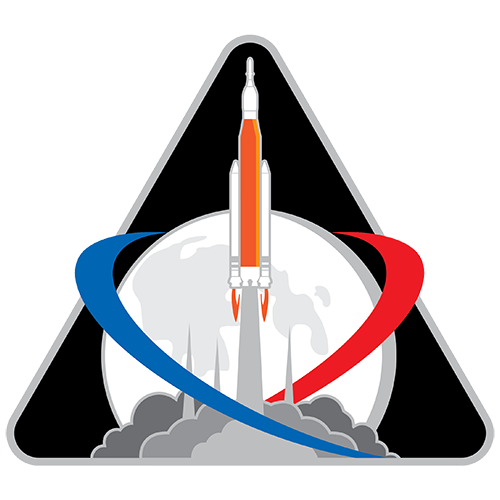Among seven other universities who collectively received nearly $1 million in the furthering of NASA’s moon-faring Artemis program is Michigan Tech and its help with the work in studying the Moon’s darkest places.
Through NASA’s Space Grant project and BIG Idea challenge, two STEM outreach initiatives are put on by the agency, an impressive sample of institutions are beneficiaries. It includes the Massachusetts Institution of Technology, Dartmouth College, and Penn State alongside MTU, with Tech’s $161,074 in funds received second only to that of MIT.
NASA’s Artemis is the program responsible for putting the next set of American astronauts on the Moon. Sister of the eminent Apollo, the plan is to get there in just four short years, leveraging modern technology to discover a whole new multitude of information about our nearest celestial body. NASA’s Artemis website describing the program also features the involvement of commercial work to “establish sustainable exploration by 2028.” Finally, and perhaps most exciting, is the promise to “use what we learn on the and around the Moon to take the next giant leap – sending astronauts to Mars.”
A primary reason NASA is interested in the dark side of the moon is to access the extraterrestrial water (ice) of the Moon’s surface. Having little knowledge of the dark side of the Moon, NASA has rallied each institution receiving the cash into developing some constituent parts of what could be used in the Artemis program, especially to explore the Moon. One part of Artemis’ purview is to better understand the dark side of the Moon. Specifically, Tech’s assignment is to develop technology of the following description:
“A small rover to lay lightweight, superconducting cable that tethers to a lander as it traverses craters in permanently shadowed regions. Once in its final destination, the rover acts as a recharging hub and communication relay for other robots working in the area, providing continuous power without requiring direct sunlight.”
Other details about Tech’s project for NASA include its name; tethered-permanently shaded Region Explorer or T-REX. According to a project synopsis document, the especially cold temperatures of the Moon’s surface beneath its shadow allow for superconducting properties within materials.
Following the completion of the task in 10-months’ time, teams will present to a panel of NASA experts in person during a “design review.” Those technologies proven to be viable might just be able to see their work in use by NASA in the next big space program.





